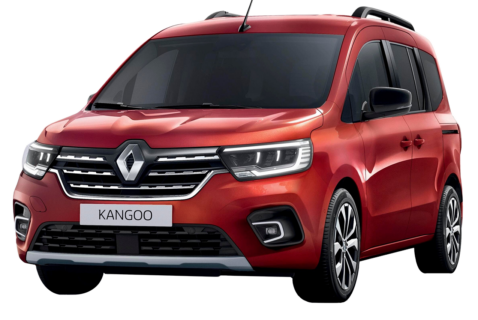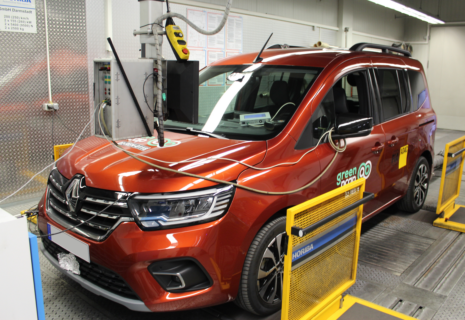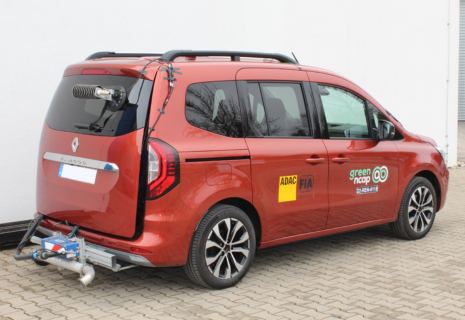Renault Kangoo TCe 130 petrol FWD manual
2022
40%
7.2
10
Clean Air Index
3.4
10
Energy Efficiency Index
1.6
10
Greenhouse Gas Index
| Laboratory Tests | NMHC | NOX | NH3 | CO | PN | |
|---|---|---|---|---|---|---|
| 6.810 | Cold Test | |||||
| 7.110 | Warm Test | |||||
| 8.110 | Highway | |||||
| Cold Ambient Test | Does not qualify for additional robustness testing | |||||
| Road Test | ||||||
| 7.310 | On-Road Drive | |||||
| 3.45 | On-Road Short Trip | |||||
| On-Road Heavy Load | Does not qualify for additional robustness testing | |||||
| On-Road Light Load | Does not qualify for additional robustness testing | |||||
| Congestion | Does not qualify for additional robustness testing | |||||
| Laboratory Tests | Energy | |||
|---|---|---|---|---|
| 4.110 | Cold Test | |||
| 4.410 | Warm Test | |||
| 1.810 | Highway | |||
| Cold Ambient Test | Does not qualify for additional robustness testing | |||
| Consumption | Driving Range | |||
| Average | 7.6l100 km | 717km | ||
| Worst-Case | 8.9l100 km | 605km | ||
| Greenhouse Gases | CO2 | N2O | CH4 | |
|---|---|---|---|---|
| 2.210 | Cold Test | |||
| 2.710 | Warm Test | |||
| 0.010 | Highway | |||
| Cold Ambient Test | Does not qualify for additional robustness testing | |||
Specifications
- Tested Car VF1RFK0056661XXXX
- Publication Date 06 2022
- Vehicle Class Small MPV
- Emissions Class Euro 6d AP
- Tyres 205/55 R17
- Mass 1,536 kg
- Engine Size 1,332 cc
- Power/Torque 96 kW/240 Nm
- Declared CO2 155 g/km
- Declared Consumption 6.8 l/100 km




































































































































Our verdict
August 2023: The result of this car been updated. Previously reported Ammonia (NH3) values were incorrect owing to a technical error with the equipment at the test laboratory and a correction has been applied.
The Renault Kangoo starts with the disadvantage of a non-aerodynamic body. Like other vehicles tested in 2022, its performance in the greenhouse gases index is the poorest of the three areas of assessment. Measurements for energy efficiency and CO2 emissions at the tailpipe are just slightly above the officially reported values. Pollutants are managed quite well, helping the car to boost its overall performance. Overall, the Kangoo scores a creditable 2½ stars out of 5.